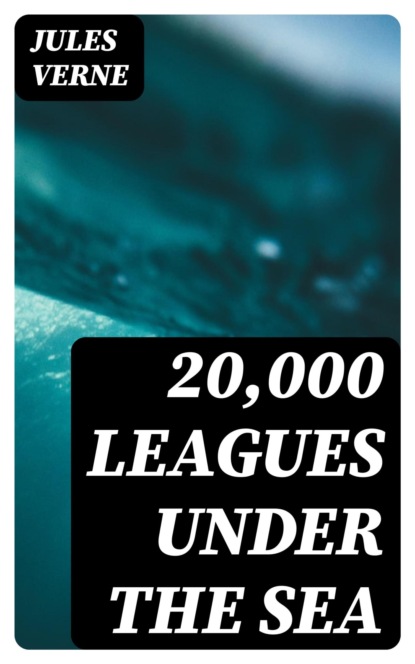Maht 580 lehekülge
0+
Raamatust
In «20,000 Leagues Under the Sea,» Jules Verne masterfully combines adventure with scientific inquiry, crafting a narrative that explores the depths of the ocean through the enigmatic figure of Captain Nemo aboard the Nautilus. Written during the Victorian era, a time when scientific exploration was burgeoning, Verne uses meticulous attention to detail and vivid descriptions to immerse readers in an underwater odyssey filled with wonder and peril. The novel's pioneering blend of science fiction and maritime adventure not only captivates the imagination but also challenges contemporary understandings of technology and humanity's relationship with nature. Jules Verne, often hailed as the father of science fiction, was deeply influenced by the rapid advancements in science and technology during the 19th century. His background in engineering and his fascination with exploration shaped his writing, infusing it with both realism and a visionary quality. The ideologies of the time, especially regarding human ingenuity and the mysteries of the natural world, resonate throughout this seminal work, reflecting Verne's desire to push the boundaries of knowledge. «20,000 Leagues Under the Sea» is a timeless exploration of human curiosity, adventure, and the ethical implications of scientific exploration. I highly recommend this classic to readers who seek not only an exhilarating adventure but also profound reflections on the human condition and our place in the universe.
